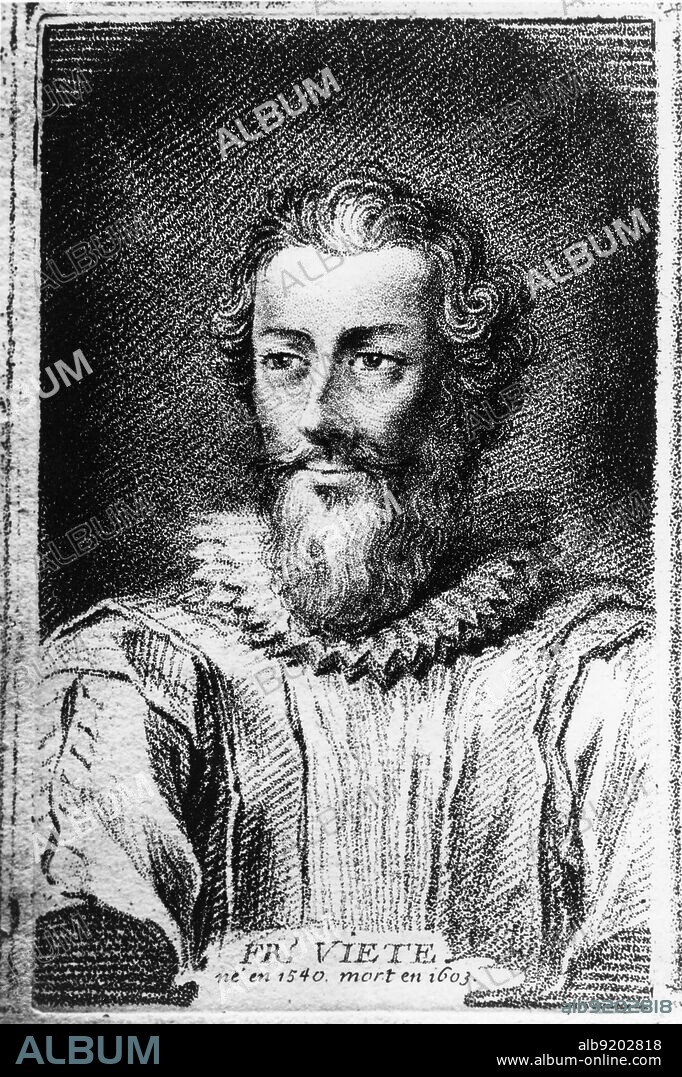alb9202818
Francois Viète, French Mathematician

|
Zu einem anderen Lightbox hinzufügen |
|
Zu einem anderen Lightbox hinzufügen |



Haben Sie bereits ein Konto? Anmelden
Sie haben kein Konto? Registrieren
Dieses Bild kaufen

Titel:
Francois Viète, French Mathematician
Untertitel:
Siehe automatische Übersetzung
Francois Viète (1540 - 23 February 1603) was a French mathematician. He was a lawyer by trade, and served as a privy councillor to both Henry III and Henry IV. As a mathematician he created many innovations: the binomial formula, which would be taken by Pascal and Newton, and the link between the roots and coefficients of a polynomial, called Vieta's formula. He used letters to denote constants and variables and introduced the terms coefficient and negative. His algebra was no longer limited to the statement of rules, but relied on an efficient computer algebra, in which the operations act on the letters and the results can be obtained at the end of the calculations by a simple replacement. This approach, which is the heart of contemporary algebraic method, was a fundamental step in the development of mathematics. He died in 1603 at the age of 62 or 63.
Bildnachweis:
Album / Photo Researchers, Inc. / Science Source
Freigaben (Releases):
Model: Nein - Eigentum: Nein
Rechtefragen?
Rechtefragen?
Bildgröße:
Nicht verfügbar
Druckgröße:
Nicht verfügbar
Schlüsselwörter:
16. JAHRHUNDERT • 16. JH. • 17. JAHRHUNDERT • 17. JH. • ALGEBRA • BERÜHMT • BERÜHMTE PERSÖNLICHKEIT • FORMEL • ILLUSTRATION • ILLUSTRATIONS • LEHNSHERR • MANN • PORTRAIT • PROMINENZ
 Pinterest
Pinterest Twitter
Twitter Facebook
Facebook Link kopieren
Link kopieren Email
Email
